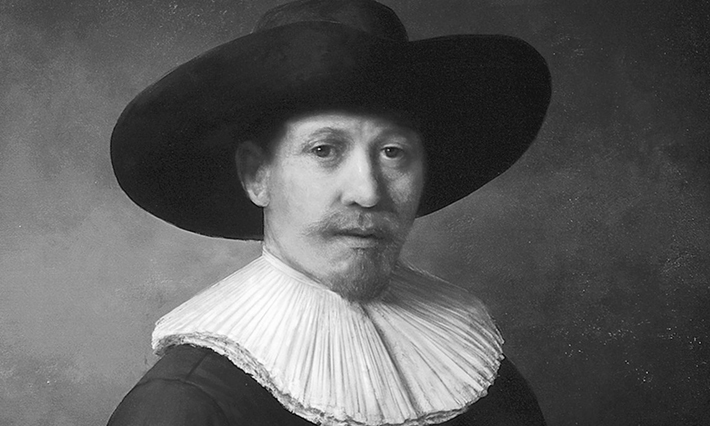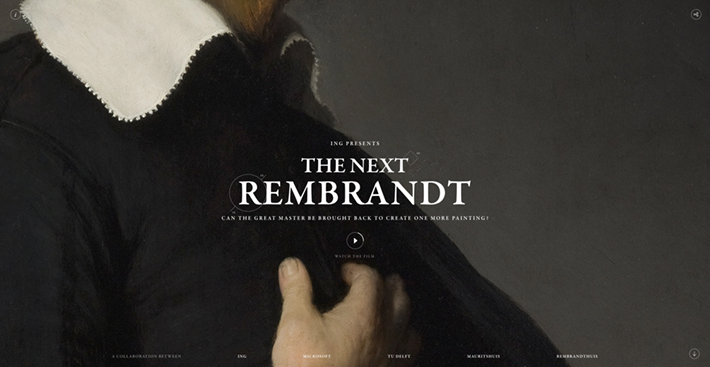Le 5 avril, un portrait d’un homme en noir vêtu d’un col blanc et un chapeau dans un style du 17ème siècle, a été dévoilé devant une salle comble d’ING Bank.
La peinture a été créée à l’aide des données du travail total de Rembrandt, en utilisant des algorithmes d’apprentissage en trois dimensions et des techniques de reconnaissance faciale.
Le portrait se compose de plus de 148 millions de pixels, basé sur 168,263 fragments de peinture de l’oeuvre de Rembrandt.
Brouillant les frontières entre l’art et la technologie, cette œuvre est destinée à alimenter la conversation au sujet de la relation entre l’art et les algorithmes, entre les données et la conception humaine et entre la technologie et de l’émotion.
Pour continuer l’expérience www.nextrembrandt.com
CREDITS :
Annonceur : ING Bank
Agence de publicité: JWT, Amsterdam, Pays-Bas
Partenaires : Microsoft
Advisors : TU Delft, Mauritshuis, Museum Het Rembrandthuis


